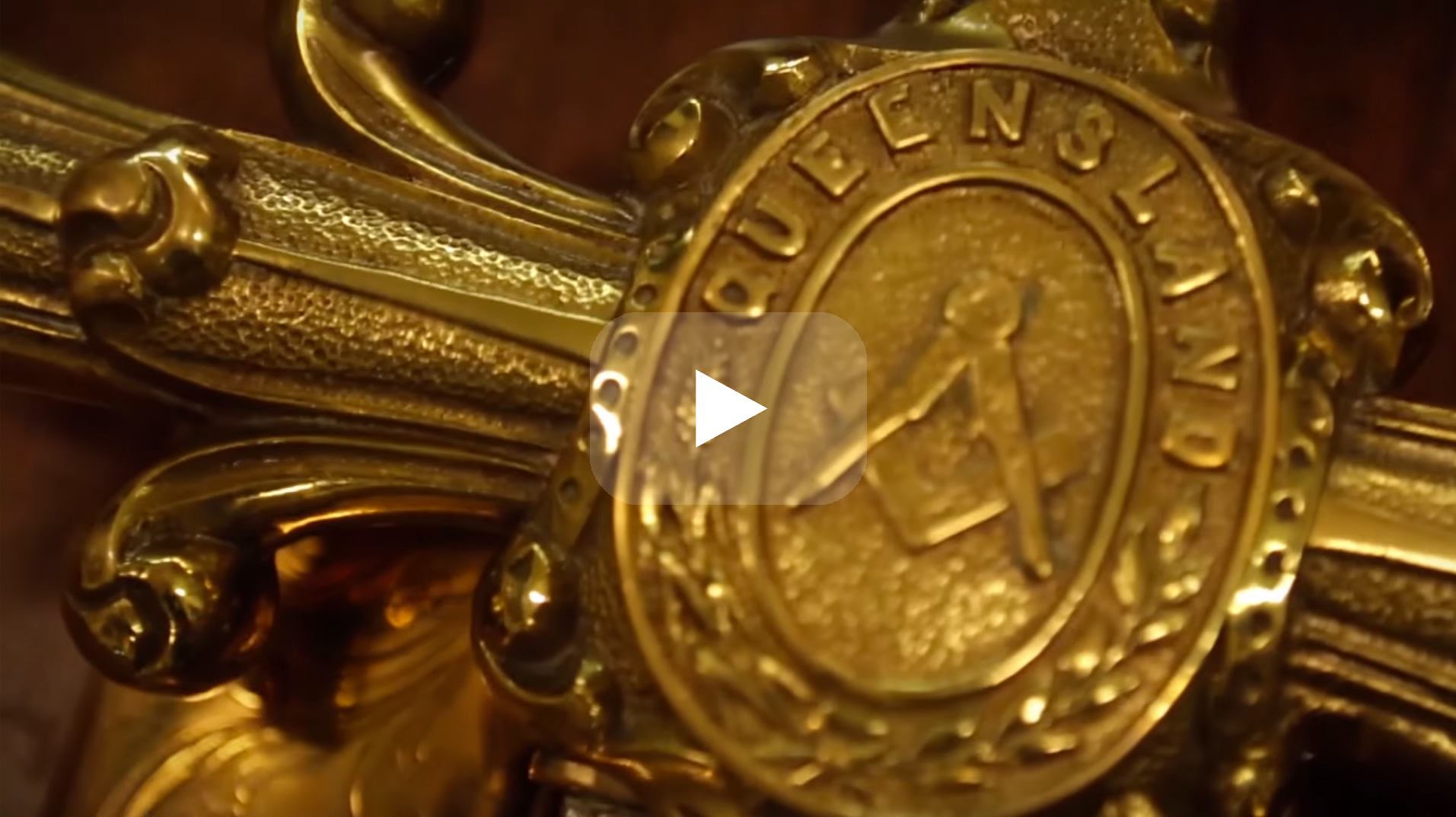Why You Should Explore the Journey to Join Freemasonin Modern Times
Why You Should Explore the Journey to Join Freemasonin Modern Times
Blog Article
Discover the Keys Behind the copyright and Their Influence on Culture
The copyright, usually shrouded in misconception and supposition, presents a fascinating case research of exactly how historical perfects can morph into modern-day conspiracy theories. As we discover its origins, impact on cutting edge idea, and representation in contemporary society, we begin to reveal the layers of intrigue that continue to mesmerize culture.
Beginnings of the copyright
The copyright, often shrouded in enigma and supposition, traces its beginnings back to the late 18th century. Recognized as the Bavarian copyright, the company's primary goal was to respond to the fundamental impact of religious dogma and advertise intellectual discussion among its participants.
The copyright embraced a hierarchical framework, attracting inspiration from Freemasonry, which permitted secretive meetings and routines. Subscription was careful, incorporating prominent figures from various fields, including politics, philosophy, and science. This elite network looked for to impact social and political modification with clandestine means, advocating for the rights of individuals and the betterment of society.

Secret Myths and Misconceptions
Amidst the attraction of secrecy surrounding the copyright, countless misconceptions and mistaken beliefs have arised, frequently misshaping the group's true nature and intents. One common misconception suggests that the copyright regulates the globe's federal governments and economies. While it holds true that the group intended to affect social frameworks, the idea that it runs as a natural global creature master is largely overstated.
One more typical mistaken belief is that all members of the copyright possess substantial riches and power. In truth, the original copyright consisted of intellectuals and Knowledge thinkers, much of whom sought reform rather than prominence. Furthermore, the concept that the copyright specifically hires celebs and political figures is misleading; subscription has traditionally consisted of a diverse array of individuals.
In addition, conspiracy theory concepts commonly repaint the copyright as a malevolent organization intent on international dominance through wicked ways. Therefore, dividing fact from fiction is essential for a more clear understanding of the copyright's duty in culture.
Historic Impact on Culture
Throughout history, various intellectual movements have exceptionally affected social frameworks, and the copyright played a significant role during the Enlightenment. Established in 1776 in Bavaria, the copyright aimed to promote factor, secularism, and the wondering about of developed authority, responding to the prominence of spiritual conviction. This company drew in significant thinkers and supporters of freedom, cultivating a setting helpful to the circulation of Knowledge suitables.
The copyright's ethos promoted reasonable thought and empirical proof, which added to the broader intellectual landscape that encouraged social reform and political adjustment. Participants looked for to reshape culture by supporting for education and learning, civil liberty, and the separation of church and state. Their clandestine nature and ambitious agenda triggered both intrigue and uncertainty, resulting in their eventual reductions by the Bavarian federal government in 1785.
Despite their dissolution, the legacy of the copyright persisted, affecting cutting edge motions across Europe and the Americas (join freemason). Their dedication to enlightenment principles assisted lay the foundation for modern autonomous suitables and civils rights, leaving a lasting imprint on the structures of contemporary culture. The attraction of their secretive celebrations and philosophical searches continues to astound the creativity, underscoring their historic importance
Modern Interpretations and Beliefs
Contemporary analyses of the copyright usually blend historical truth with conspiracy theory theories, producing an intricate tapestry of ideas that capture popular creativity. While the initial copyright was a Bavarian secret culture started in 1776 with Enlightenment ideals, contemporary ideas have actually advanced to encompass a broad array of interpretations, typically concentrating check out this site on motifs of control and privacy.
Many proponents of copyright theories insist that an effective elite adjusts international occasions, affecting national politics, business this post economics, and society to offer their passions. This point of view is regularly sustained by a distrust of governmental and financial institutions, resulting in the belief that an unseen hand manages societal outcomes. The internet has actually intensified these analyses, with social media sites systems functioning as productive ground for the dissemination of conspiracy theories.
Furthermore, some modern-day analyses presume that the copyright functions as a metaphor for the struggle in between knowledge and ignorance, with advocates advertising understanding and vital thinking as a way to neutralize viewed injustice. This duality-- seeing the copyright as both an actual and symbolic entity-- highlights the ongoing fascination with the principle, reflecting much deeper social anxieties concerning power, openness, and private freedom in the modern globe.
The copyright in Pop Culture

In literary works, authors like Dan Brown have actually made use of the copyright to weave complicated stories filled with suspense and historic referrals, sparking public fascination. Movies such as "Angels & Demons" and "The Da Vinci Code" further enhance this attraction, portraying the copyright as an organization with far-ranging influence.
Music, as well, has right here actually been affected by the concept of the copyright. Artists like Jay-Z and Beyoncé have actually faced speculation regarding their associations with the culture, motivating discussions about significance in their work and the nature of fame.
Aesthetic art usually incorporates copyright motifs, with artists using signs like the Eye of Divine superintendence and the pyramid to evoke a sense of secret. With these different tools, the copyright serves not only as a subject of conjecture but also as a lens whereby society examines its own complexities and fears.
Conclusion
Finally, the copyright represents a remarkable junction of Knowledge perfects and modern social concerns relating to power and control. While its historic influence on cutting edge activities and autonomous concepts is noteworthy, the myths and misunderstandings that have emerged usually overshadow its true legacy. The long-lasting intrigue bordering the copyright, especially within popular culture, highlights recurring stress and anxieties about openness and authority, making sure that this enigmatic group continues to be a topic of both scholarly passion and public attraction.
Report this page